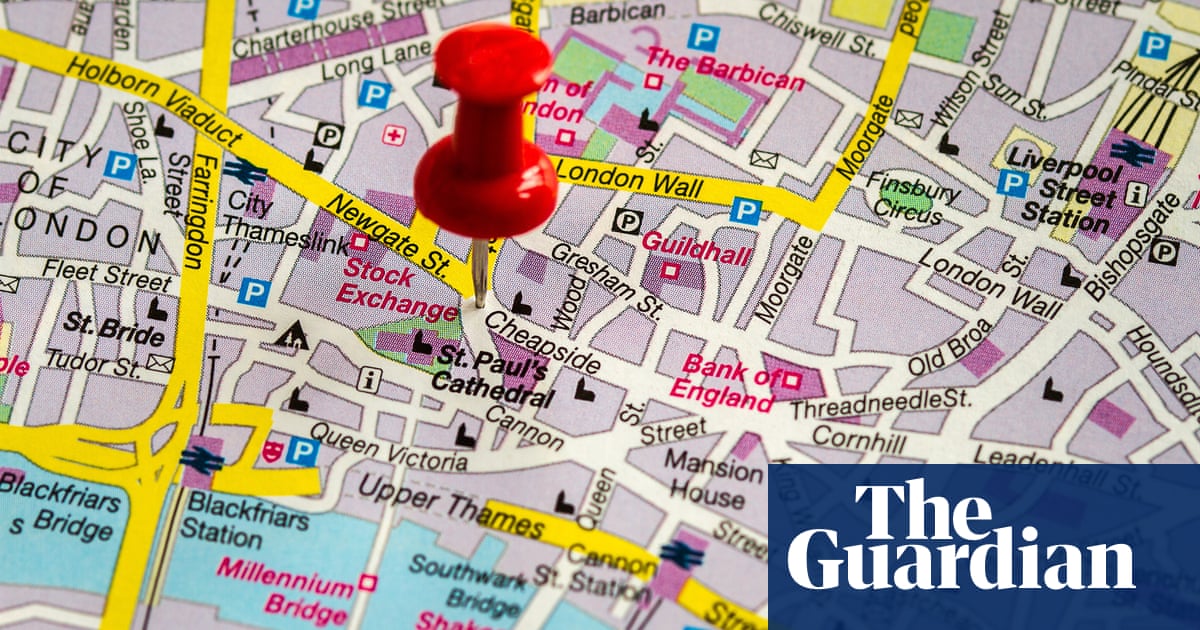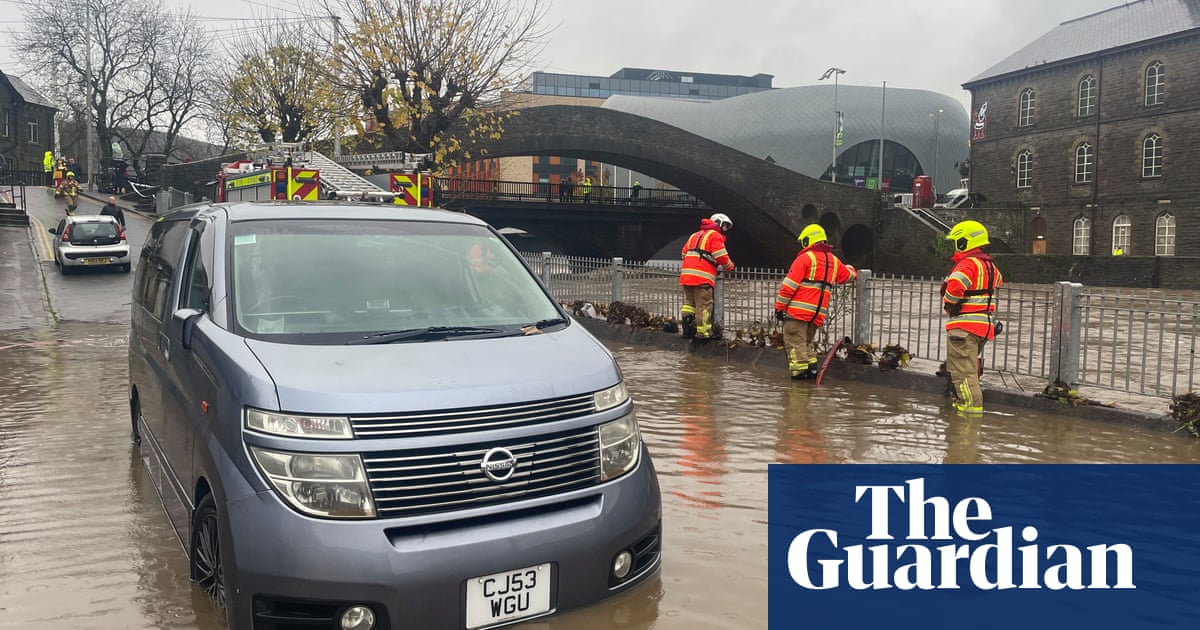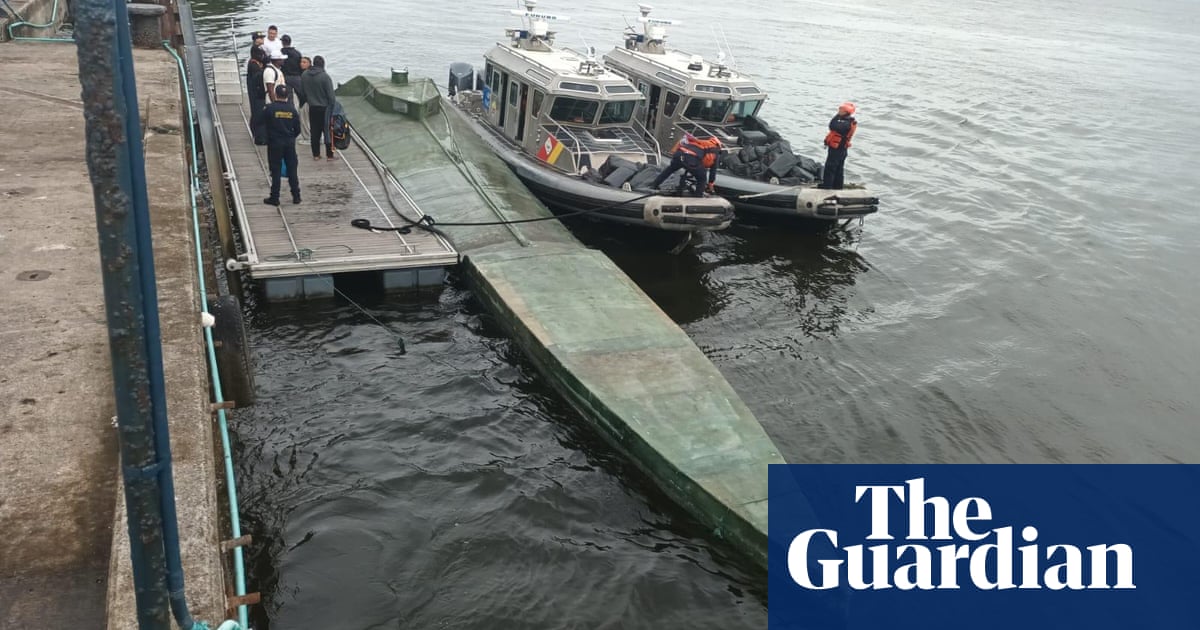More than 100,000 new homes will be built on the highest-risk flood zones in England in the next five years as part of the government’s push for 1.5m extra properties by the end of this parliament, Guardian analysis suggests.
Building on areas with the highest risk of serious flooding is supposed to be discouraged. Experts say development should be avoided unless absolutely necessary because there is a significant chance of regular deluges, which will flood the properties, cause hundreds of millions of pounds of economic damage and make homes uninsurable.
But a push for housing growth by the prime minister, Keir Starmer, and the chancellor, Rachel Reeves, means tens of thousands of new homes will be built in areas at the highest risk of serious flooding unless the government intervenes, according to trends in the latest data.
Richard Dawson, professor of earth systems engineering at Newcastle University and a member of the climate change adaptation committee, told the Guardian that every year new homes were being built in high flood risk areas at a constant rate.
In 2020-21 and 2021-22, 7% of new properties were built on the highest-risk flood plain, known as zone 3, according to the Climate Change Committee’s most recent progress report.
If the trend continues at the current rate, about 105,000 new homes will be built on flood zone 3 by the end of this parliament.
“Analysis shows the trend has been steady, and there is no recent new policy designed to address this,” said Dawson. “If the trend continues then one might expect more than 100,000 houses to be built on the highest-risk flood plains if the government achieves its 1.5m target.”
The revelations come as the government announced an extra £250m, on top of the £2.4bn previously promised, to shore up flood defences and protect an extra 66,500 properties.
But increased development on flood regions places more pressure on communities. Insurance experts have called for no more new homes to be built on flood plains, and some flood risk consultants have cautioned that Labour’s housing targets might not be achievable because they will come up against the harsh reality of flooding induced by climate breakdown.
Jason Storah, CEO of UK & Ireland general insurance at Aviva, said the number of new homes being built on flood plains should be prevented from increasing.
“Building new properties in flood zones not only puts new homes at risk,” said Storah. “It puts additional pressure on already strained flood defences and drainage systems, which become overwhelmed in heavy downpours, increasing the risk of flooding to existing homes in the immediate area.”
The Guardian analysed government housebuilding targets, which require the greatest number of new properties to be concentrated in the biggest growth areas of London, the south-east and the east of England. Laying these areas on top of the national assessment of flood and coastal erosion risk map, published last month, reveals these regions are where the largest number of homes are at high or medium risk of flooding from rivers and seas, and from surface water.
The data from the national flood risk assessment shows the east of England – specifically the East Midlands, Yorkshire and Humber, and the south-east regions – accounts for 52% of the total number of properties in England deemed to be in areas of high to medium risk of flooding, without the impact of the climate crisis in the years to come. These same regions are also at high to medium risk of surface water flooding.
Daniel Cook, a chartered water and environment manager and specialist flood risk consultant, said there were regulations in place such as the national planning policy framework to ensure housing built on flood plains was appropriately designed and mitigations were made. But based on the government data showing where the greatest contribution to the housing growth would be, Cook said Labour’s target of 1.5m homes could come up against the reality of climate breakdown.
“In the future there may be an issue to achieve the sort of housebuilding target that is being demanded as a result of flood risk from multiple sources of flooding,” said Cook. He added that there were policies and regulations in place to make informed decisions.
Starmer and Reeves, in their determination to speed up housebuilding, proposed to axe red tape in planning reforms that are yet to be finalised, in order to allow developers to build faster. The chancellor has said removing environmental regulations will mean developers “can focus on getting things built and stop worrying about the bats and the newts”.
But Dawson called the rhetoric and intention unhelpful. “These processes and principles are trying to ensure we have a good environment, that we look after people and their safety, and reduce the costs of flooding,” he said. “These are good principles. Ripping them up to focus policy on one objective only, which is just to build, is not helpful.”
The climate crisis is driving extreme weather which has dramatically increased the scale and intensity of flooding in the UK. Environment Agency data says 6.3m properties, residential homes and businesses are in areas at risk of flooding from rivers, seas and surface water.
By 2050 the impact of the climate crisis means one in four residential and business properties will be at risk of flooding, about 8m. The number of properties in areas at high risk of flooding from rivers and seas could increase by 73% between 2036 and 2069.
One of the fastest-growing flood risks is from surface water. Environment Agency data shows 4.6m properties are in areas at risk of surface water flooding, a 43% increase on the last assessment, in 2018.
Storah said: “As the government considers how it will reform planning, we are calling for a three-step check to ensure new properties are climate-ready: build in the right places, build with the right materials, build with resilience as standard.”
A spokesperson for the Ministry of Housing, Communities and Local Government said: “We do not recognise these figures. We are clear that any new developments should be built away from areas at the highest risk of flooding. This government will maintain the highest levels of flood protection, while taking decisive action to fix our broken planning system and deliver 1.5m homes through our plan for change.”
The government revised planning policy in December 2024. However, nothing in the policy precludes building on highest-risk flood zones.

.png) 3 hours ago
2
3 hours ago
2













































